Ijen
This time I booked a tour. Not my cup of tea, but for the equivalent of 42 euros I got transport, an overnight stay and a guide up to Ijen. Not exclusively, of course, but with a few other tourists, but for the price I accepted.
12 hours of bus ride later, I had exactly three hours of sleep before I got back on the bus at 2:30 in the morning, which would take us to the starting point of the ascent to Ijen Crater. Suki introduced himself as our guide and ahead of us was an approximately 2 hour hike up in the dark. The plan is to be at the crater rim of Ijen in time for sunrise. Hiking at this time is not that comfortable but the plan worked and while the sun was rising above the clouds, I stood at the crater rim of Ijen and looked at the blue-turquoise coloured crater lake “Kawah Ijen”. It owes its colour to the high concentration of acid. The “largest acid barrel on earth” is the largest over-acidified lake in the world and the sight of it with the Ijen massif in the background is simply incredible. How beautiful is the world?
My real reason for going to Ijen was to see the blue flames. If you google “Ijen”, you see them in almost every picture and I was fascinated by them. Unfortunately, the reality is now a bit different and the flames have been banished to ceramic tubes and only the constantly rising sulphur clouds can be seen. To get closer to them, a steep descent through rock and scree is necessary. On the shore of the crater lake, the acrid smell of sulphur immediately hits your nose. To protect ourselves from the irritation of the gases, we were handed a breathing mask at the beginning of the ascent. This protected me, but the sulphur miners who work there don’t wear masks. They are simply too expensive for them.
The ceramic tubes mentioned above guide the oxidising gas mixed with water vapour away from the point where it escapes. In this way, it cools down and yellow sulphur lumps are formed. The sulphur is used to bleach sugar and to make car batteries. This means that the miners have to carry 90 kg baskets loaded with sulphur lumps up to the crater rim 3 times a day, over a distance of 2 km. This is incredibly strenuous work, which is almost impossible for us to accomplish.
Tip: Of course you can also do this tour on your own. Various travel guides will explain to you how best to do it. A good starting point is the town of Banyuwangi. From here you can not only continue to Ijen, but also take the ferry to Bali.
Alas Purwo
Tired and exhausted, we arrived back at the hotel around 12 noon. My journey was also to continue directly. A Grab taxi took me to Tegaldlimo, 1.5 hours away. A spacious, green village at the entrance of the Alas Purwo National Park. This forest area is not in every guidebook, if at all. It was recommended to me by Aris, the owner of the homestay at Tumpak Sewu. Locals have some legends about this forest. Its name means “First Forest” or “Old Forest”. Legend has it that this is where the earth first emerged from the sea (Wikipedia). It is also said that ghosts and fairies live here. Many locals find it rather creepy and were surprised that I wanted to go to this place.
At my homestay “Usama d’Alas Purwo” I met Ruby. She welcomed me and offered to explore the Alas Purwo with me. Together on a scooter, we drove the next day into the dense forest, through which only one road led near the coast in the south. Ruby showed me some beaches and a place where bison lived. We even walked for an hour on a trail through the thicket in the hope of seeing a cave, which was rather disappointing. But the path was the goal. Thick jungle, babbling creeks and a variety of plants. Pure nature.
There is even some accommodation on the headland “G-Land” because the beach is quite famous among surfers.
The next day Ruby took me to De Djawatan Forest. It was another tip from Aris. This place is known for its huge tamarind trees, which give it an enchanted, almost fairytale-like atmosphere. Probably not for nothing is it also called “Lord of the Rings Forest” (source: Wisata Diary).
You can take horse-drawn carriages for a ride through this forest, but a walk is clearly the more beautiful alternative. Enjoy the wonder of nature while observing the various visitors at their activities. Friends sit together at a picnic, school groups go on an excursion, friends from Instagram and co. are posing for the best photo.
Finally, we came across a duck exhibition and learned how valuable a duck can be. The winner of the most beautiful duck received a chick as a prize. A duck can be worth up to 400 euros. This was a hobby I had never experienced before.
After the forest, we went to the beach again. This time to the “Pantai Grajagan”. A bay in which many traditional fishing boats are moored. Let the view wander a bit over the sea and be ready for photos again. Tourists are not often seen here and so the surprise of the locals to see me was quite big. This encounter had to be captured in photos, of course.
Another eventful day comes to an end and tomorrow we are already on our way again. Back to the Bromo region.
At Rudy’s home
During my time at Alas Purwo, I was in contact with Rudy, Sussi’s brother at Bromo. We arranged that he would pick me up in Probolinggo a few days later and we would go to his home with his family. Together with his wife and two children, he lives in a house with two children’s rooms, a living room, kitchen, bedroom and separate bathroom. Around him live almost all of his siblings with their families. He is the youngest and only brother of four sisters.
The family cleared one of the children’s rooms especially for me and after dinner Rudy took me straight to his friends to introduce them to me. He is well known in the small town and proud to show me to everyone.
The next day we started early. Rudy wants to show me the “Air Terjun Madakaripura”. A waterfall under which you can walk. Armed with a rain coat, we started on our way. The waterfall is a tourist attraction and since the first part of the way is by scooter, many drivers were waiting at the entrance. Other riders were not welcome and so Rudy dropped me off just before it and waited for me a few meters behind the entrance. So I went through, politely declined the offers of the many riders and then got back on Rudy’s scooter.
The Madakaripura was not to disappoint me. It was not only refreshing but really impressive how the water plunged down from a height of 200 metres over green overgrown walls and a cylindrical gorge. I had never seen anything like it.
Then it was time for lunch. Rudy drove me back to his village. To the place called “Tirto Ageng”. It is on the road but in the middle of nature. Here people can swim, picnic or eat in the Warungs. They wash their cars here or celebrate festivals. Rudy had helped to build this place. And now it was time to eat Rujak, a rice dish with peanut sauce, and drink a Tubruk coffee. I was already familiar with this coffee from the plantation, but not the way people drink it here. It is just normal coffee with a shot of arak. Arak is an illegally distilled liquor that looks like water, but is quite high-proof. Illegal because Java is a Muslim island. 75% of the inhabitants are Muslims and therefore alcohol is not so easy to get here (see my report “Living and working on a coffee plantation”).
Afterwards we walked through the nearby rice fields. Rudy knew the workers, of course. He once worked in the rice field himself. And so we were very close to how the harvest was brought in and the rice was still beaten out of its panicles by hand.
Back to Bromo
The next day, Rudy had to drop by his employer. That meant we went to Cemoro Lawang. Back to Bromo. It was nice to go to this place again. This time from a slightly different perspective, that of the locals. Rudy introduced me to his work colleagues and after a coffee we went to Sussi’s Warung and had lunch. It was nice to see her again and when I come back I should definitely stay in her house.
After lunch, Rudy showed me a very special place that promised a beautiful view of the valley, far away from all the tourists and jeeps. Here Rudy told me that his sister Sussi has a house here and wants to convert it into a homestay. He also wants to work as a guide again and offer a very special tour with everything he showed me and of course with a tour to Bromo. A good idea, which I am happy to support. So if you are interested, just get in touch with me.
In the evening, we went out again. This time to the restaurant with the best “Mi Ayam”, a noodle soup with chicken. And Rudy wasn’t lying. The soup was really delicious, the noodles were homemade and is run by the whole family, as is so often the case. Of course, the surprise was also great here that a “Bule” (Indonesian for “tourist”) would enter the restaurant. Later in the evening, we stopped by at the home of one of his good friends. He runs a shop for mobile phone accessories and repairs. A funny, open-minded guy. We laughed a lot and let the evening end late.
I was on the road with Rudy for two days. A time full of impressions of the lives of the people who live at the foot of Mount Bromo. They took me into their hearts and said I absolutely had to come back, to which I did not disagree. Rudy and I are still in constant contact today. We have become friends and will hopefully be able to work together in the near future.
Back to friends
Before I have to leave the country, I wanted to go back to a familiar place. After two weeks full of impressions, new experiences and the many encounters with such great people, I now needed some time in an environment I know and I returned to Blitar to the coffee plantation.
The joy was enormous on both sides. It was like coming back home. I even got “my old” room and it was a relief to be back. I was no longer a volunteer, I was a friend. But of course I helped anyway and the very next morning 700 kg of jackfruit had to be peeled.
I used the time and the good Wi-Fi to work on my blog. But of course there was always a conversation. Be it with Alfi, the café staff, Thomas, Lydia or of course with Wima. I think our friendship strengthened a bit more during this time, because by now we are really good advisors, critics or just friends to whom you can unload something.
After five days, I left the plantation again. I had to take the bus to Surabaya very early in the morning to get on the plane that would take me to Hong Kong.
Thomas and Alfi personally took me to the bus. Lydia and even Wima got up extra early to see me off. Wima called it the eighth wonder of the world to get up so early for someone, which I of course appreciated. One last photo and one last hug. “You always have a second home here,” Wima said to me before I got into the car and had to say goodbye indefinitely.
A short farewell to Indonesia
And here ends my journey through Indonesia for the time being. I left Java to come back to Sulawesi. Indonesia is such a vast, exciting country with its endless possibilities to explore. I have “only” seen East Java so far. But even this small part of the world’s most island-rich country has given me so much. Who knows what else Indonesia has in store for me.
Watch the second part of my film “On the Road in Java” now.
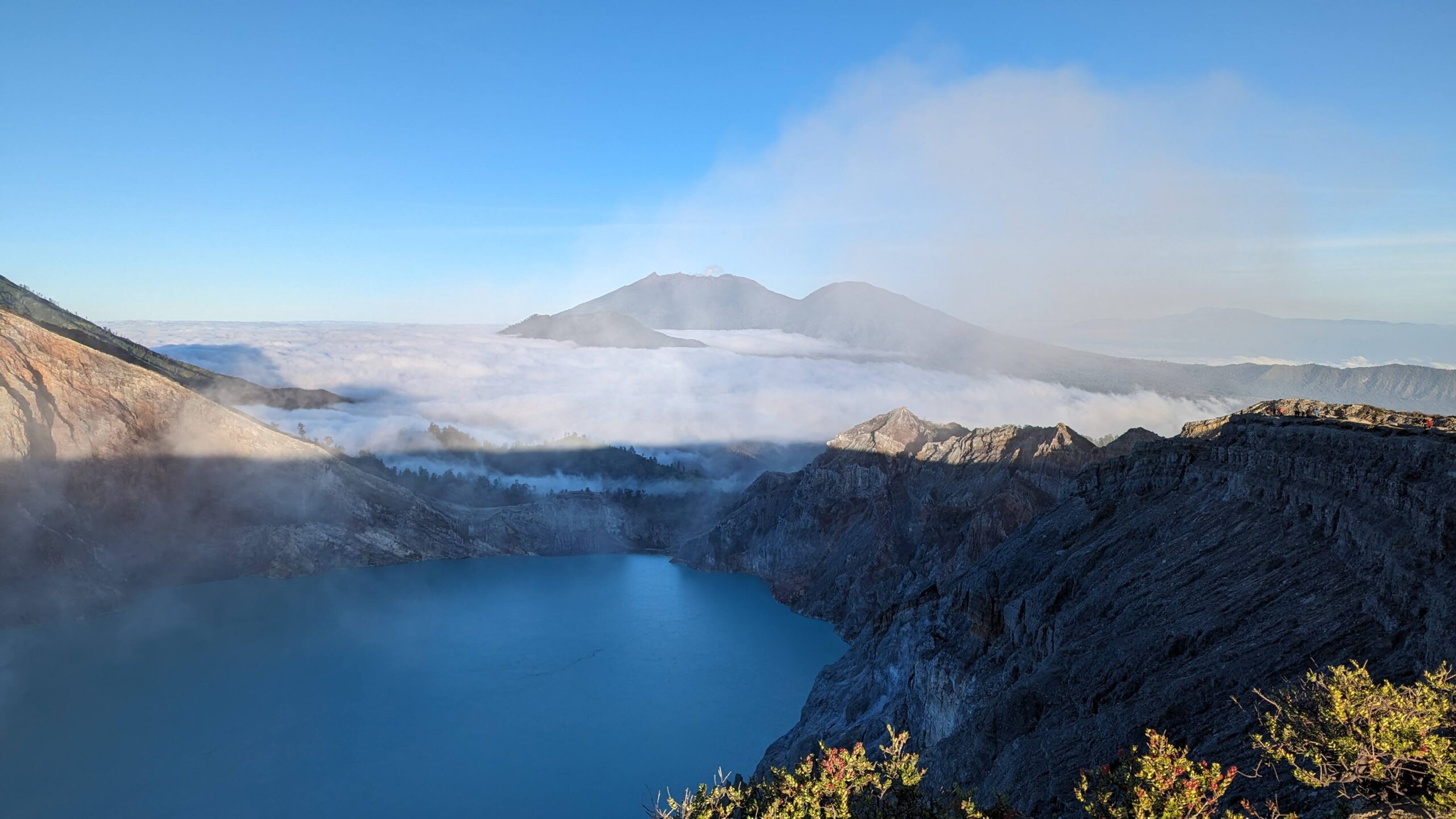
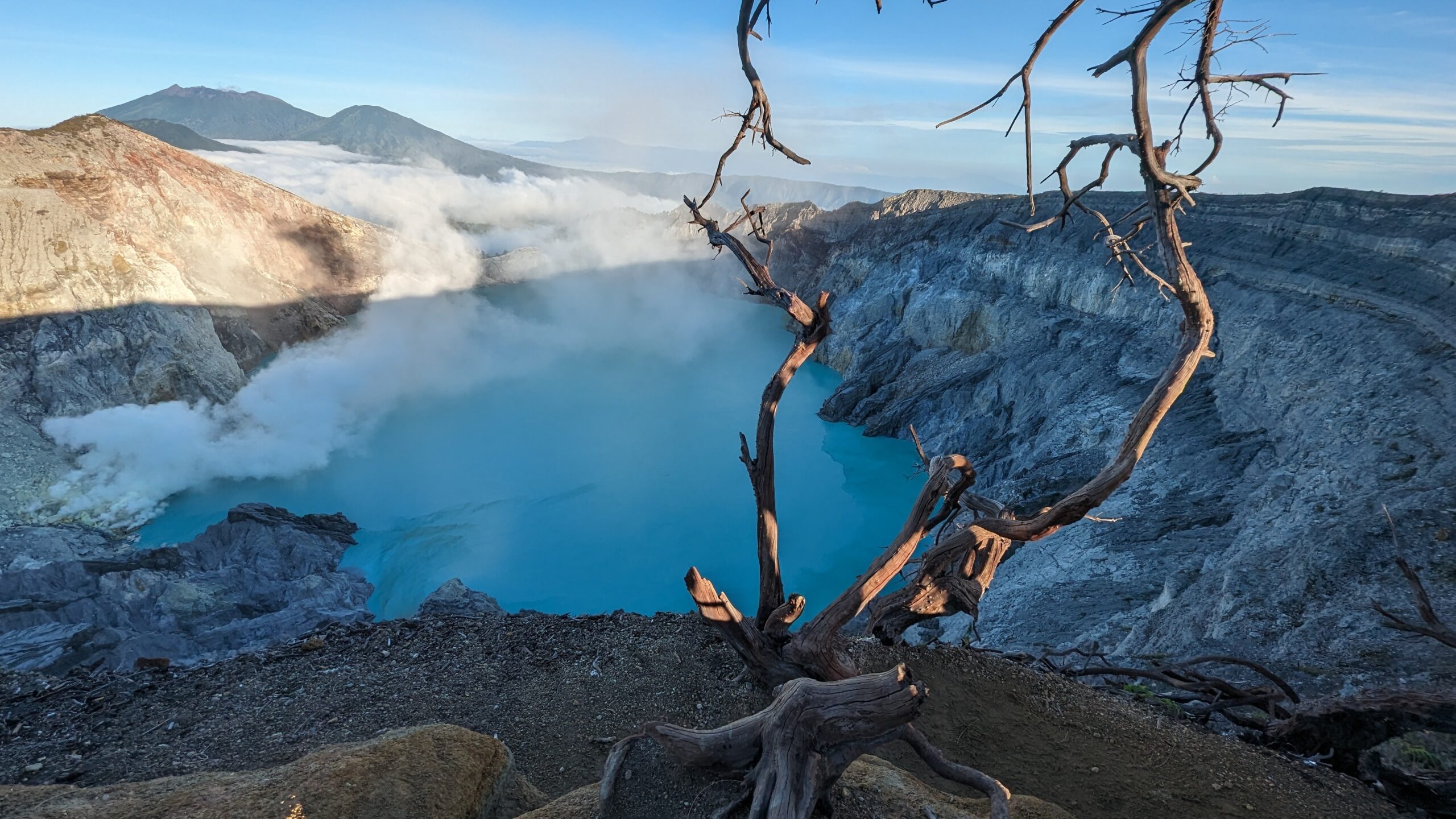
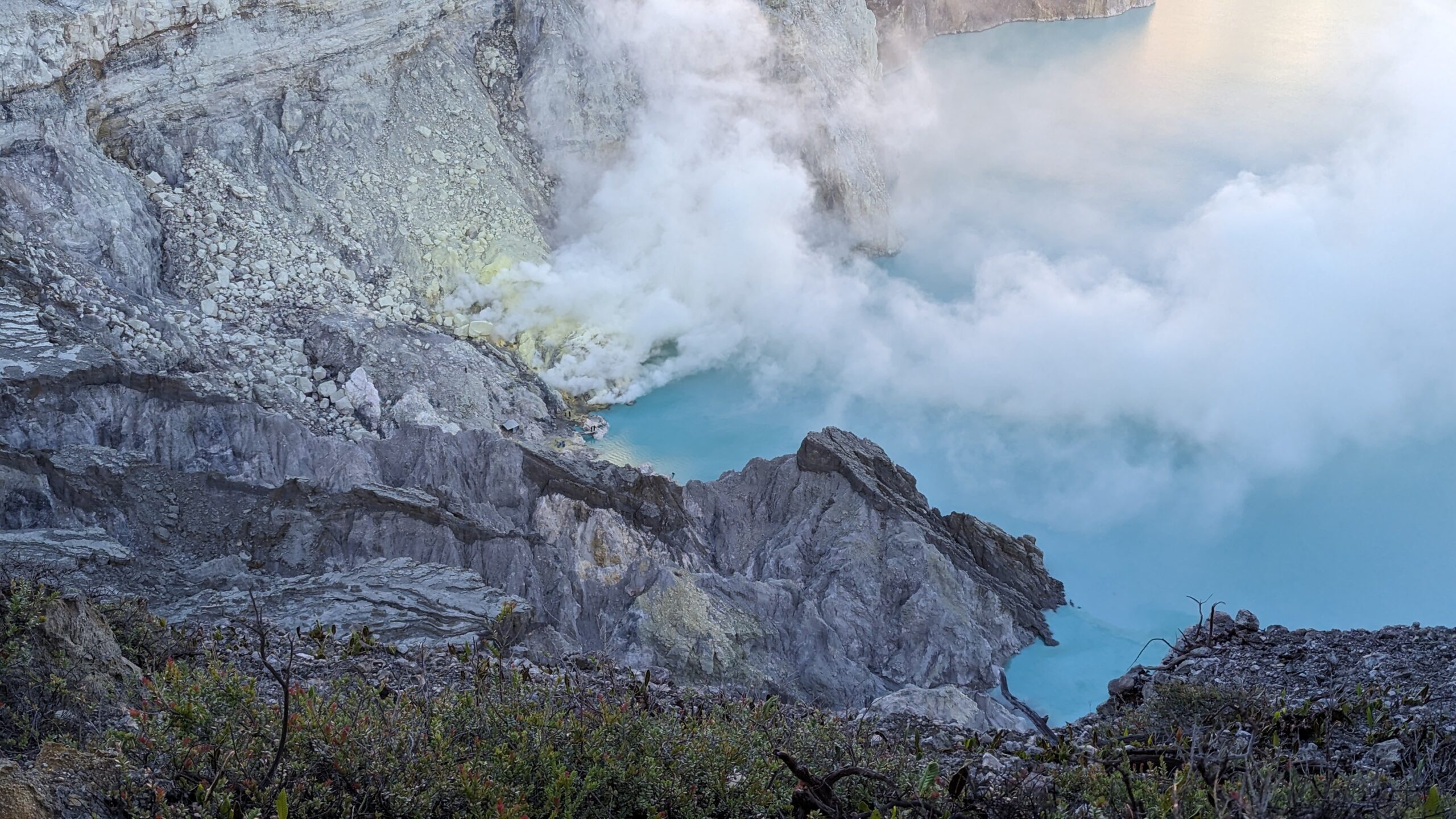
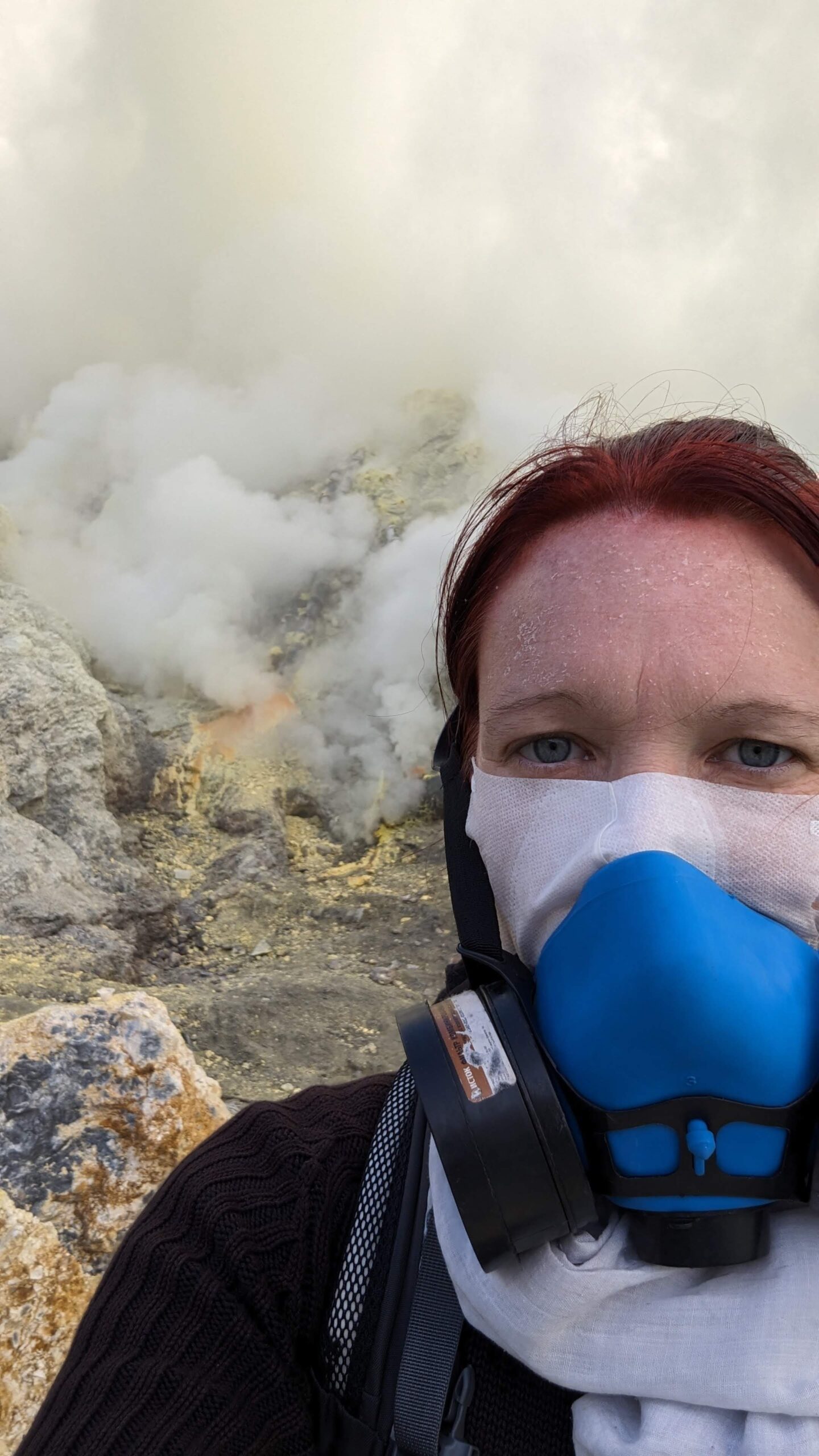
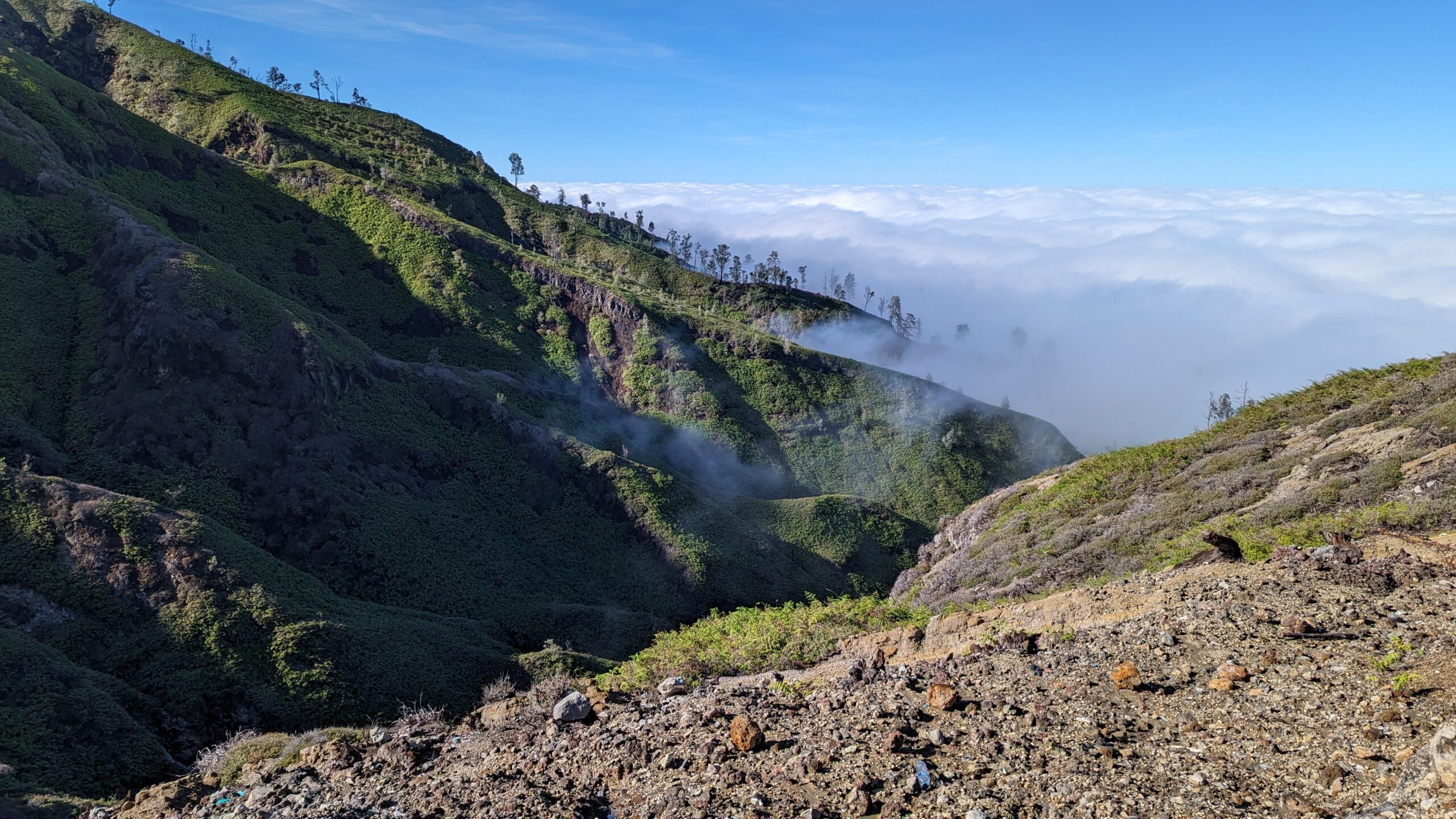
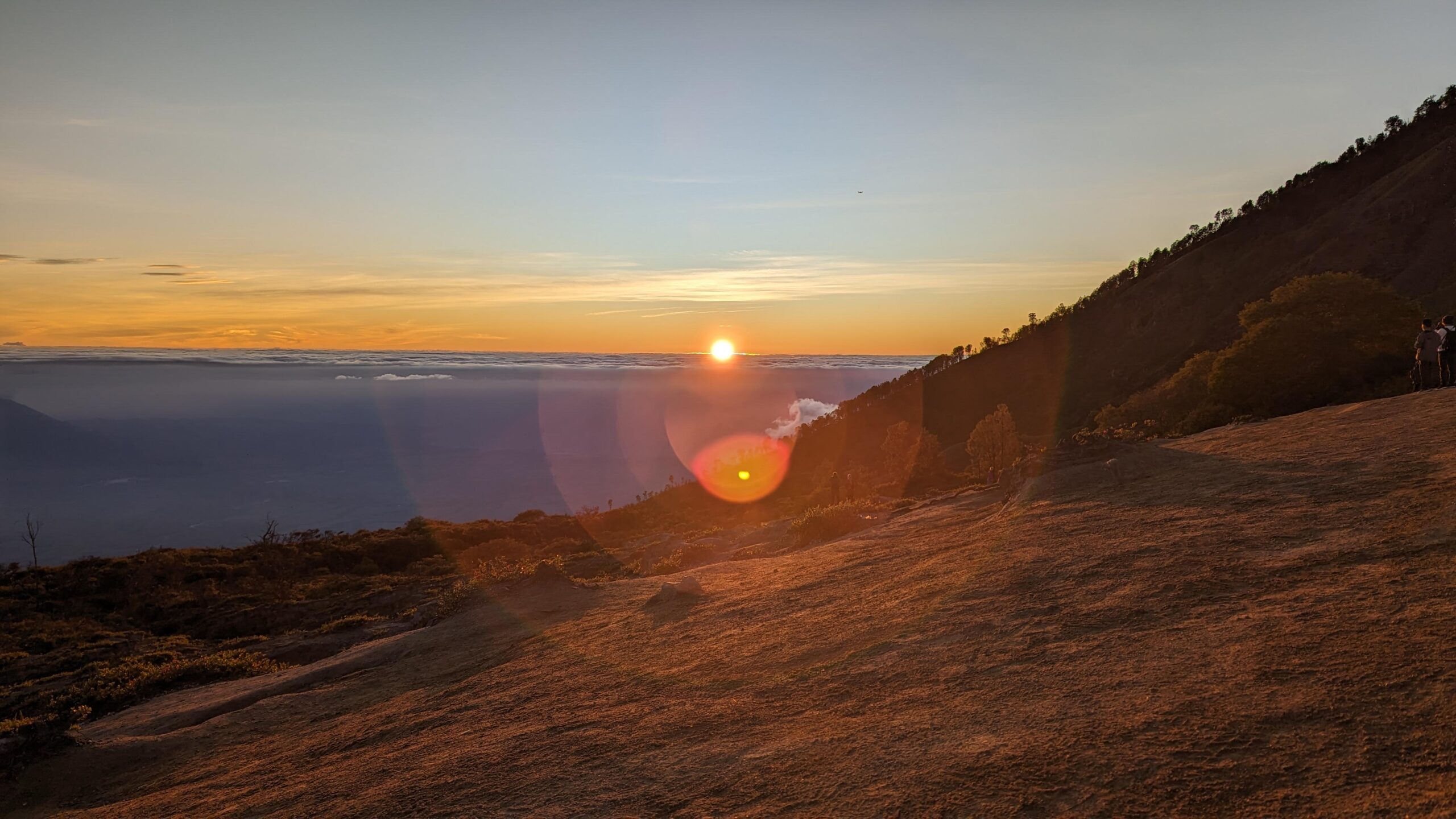
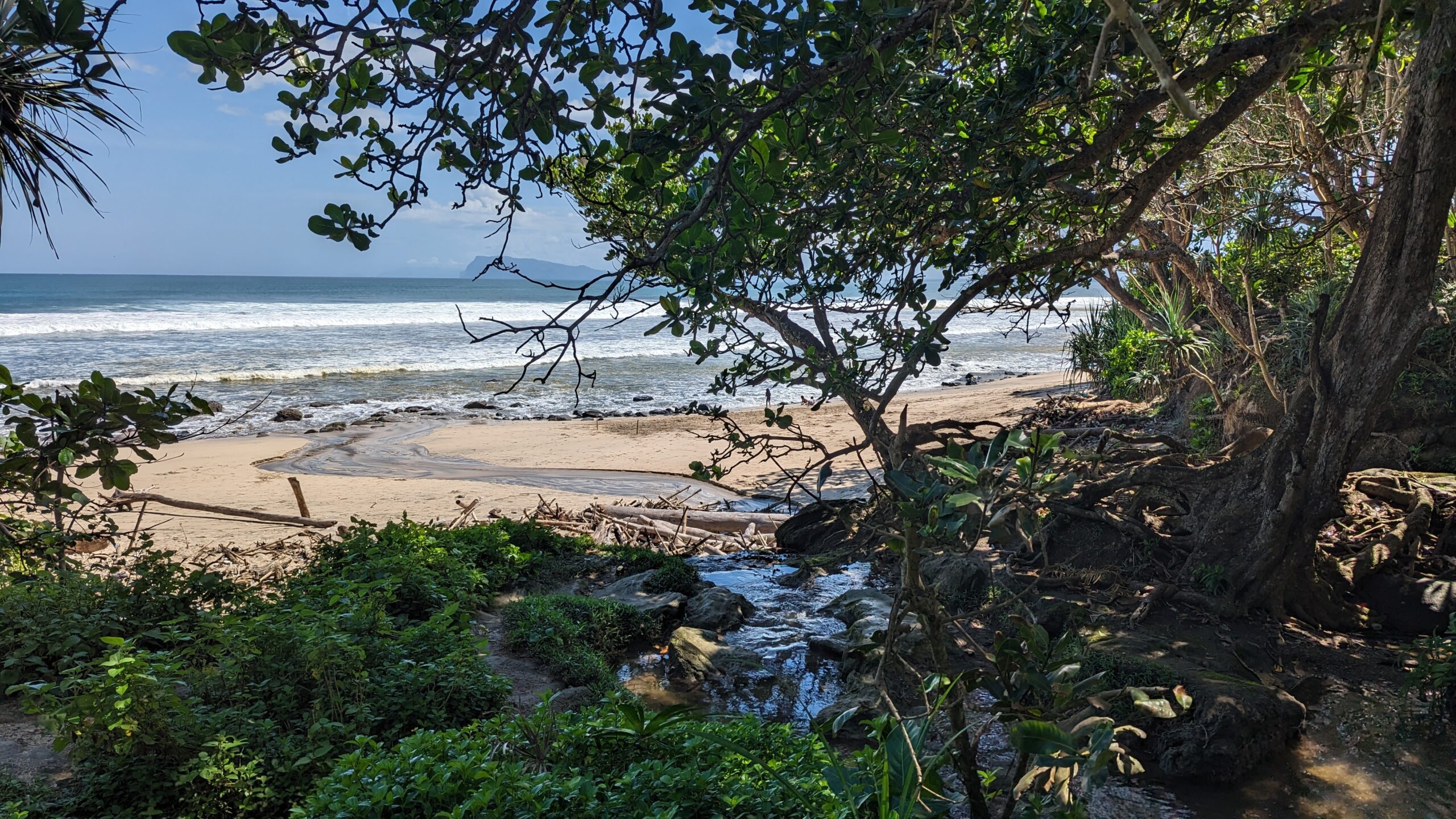
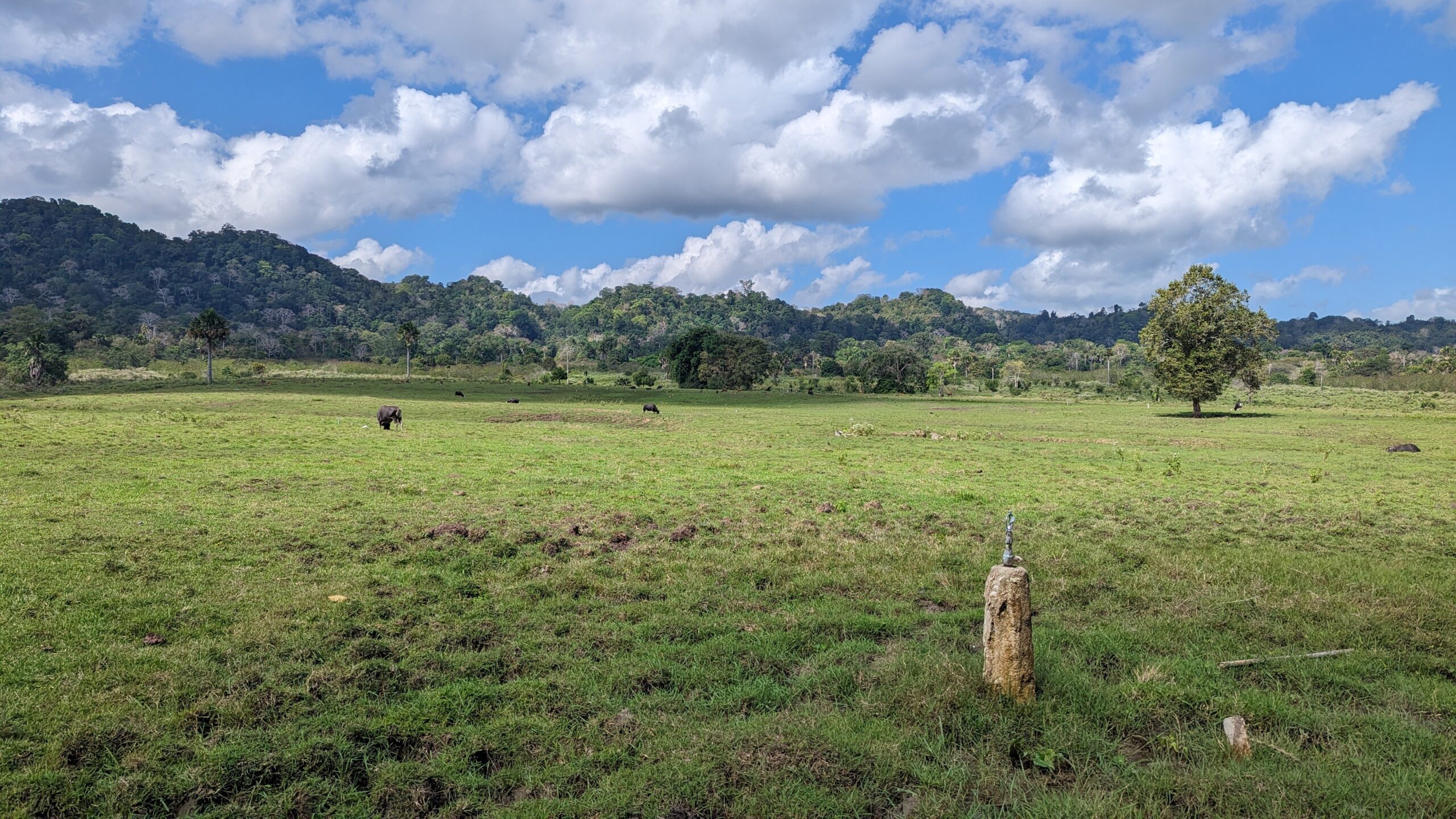
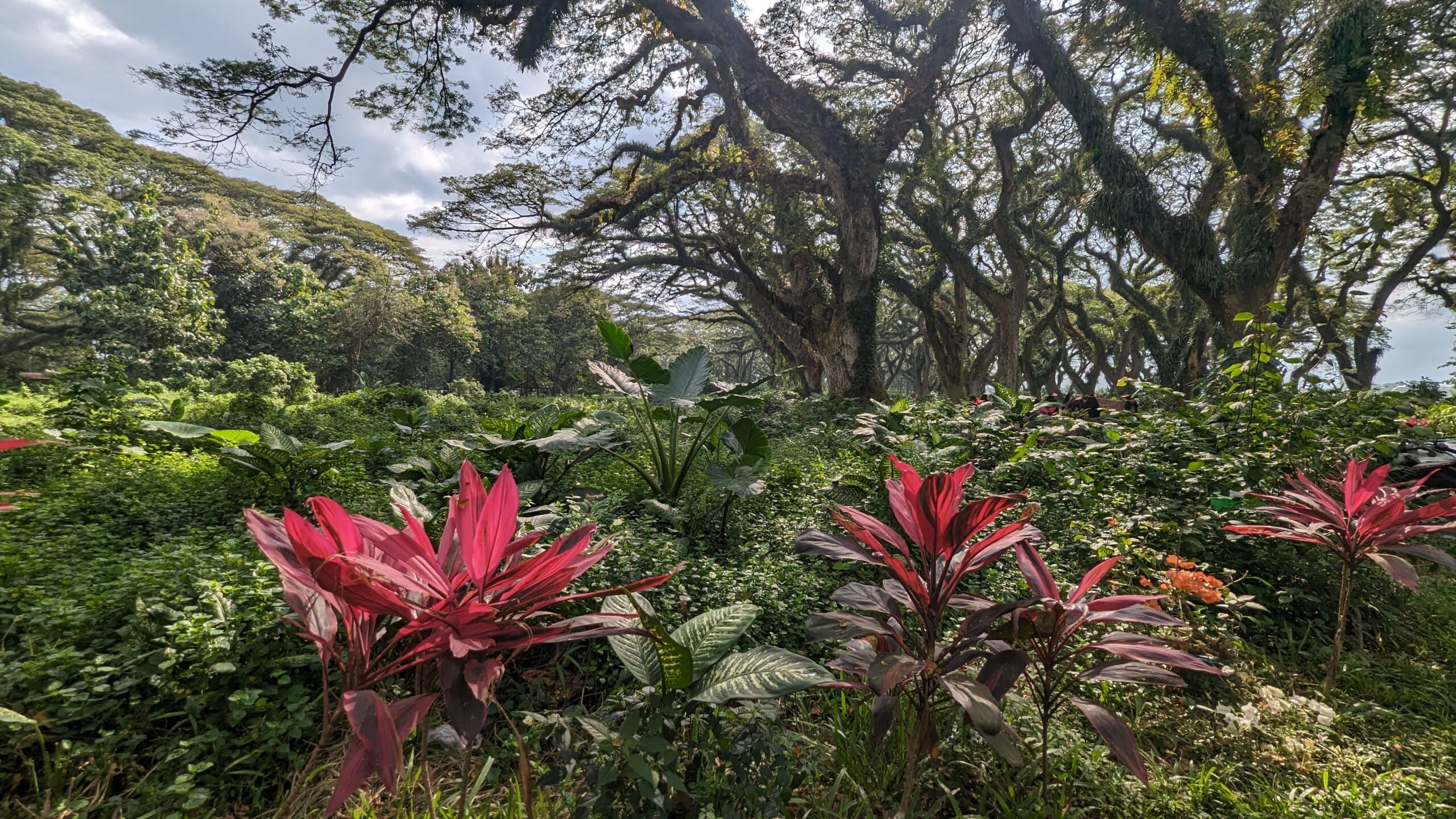
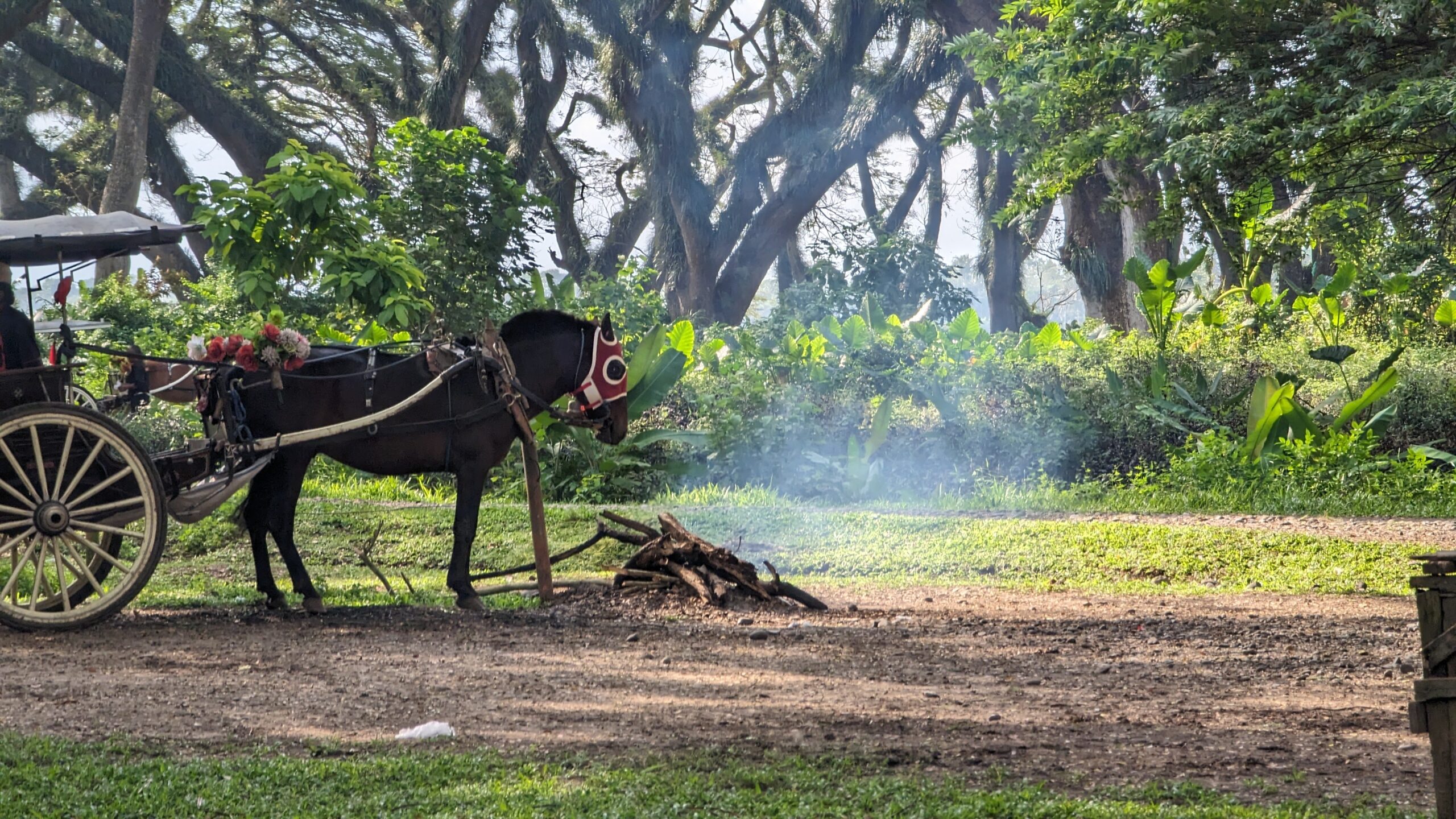
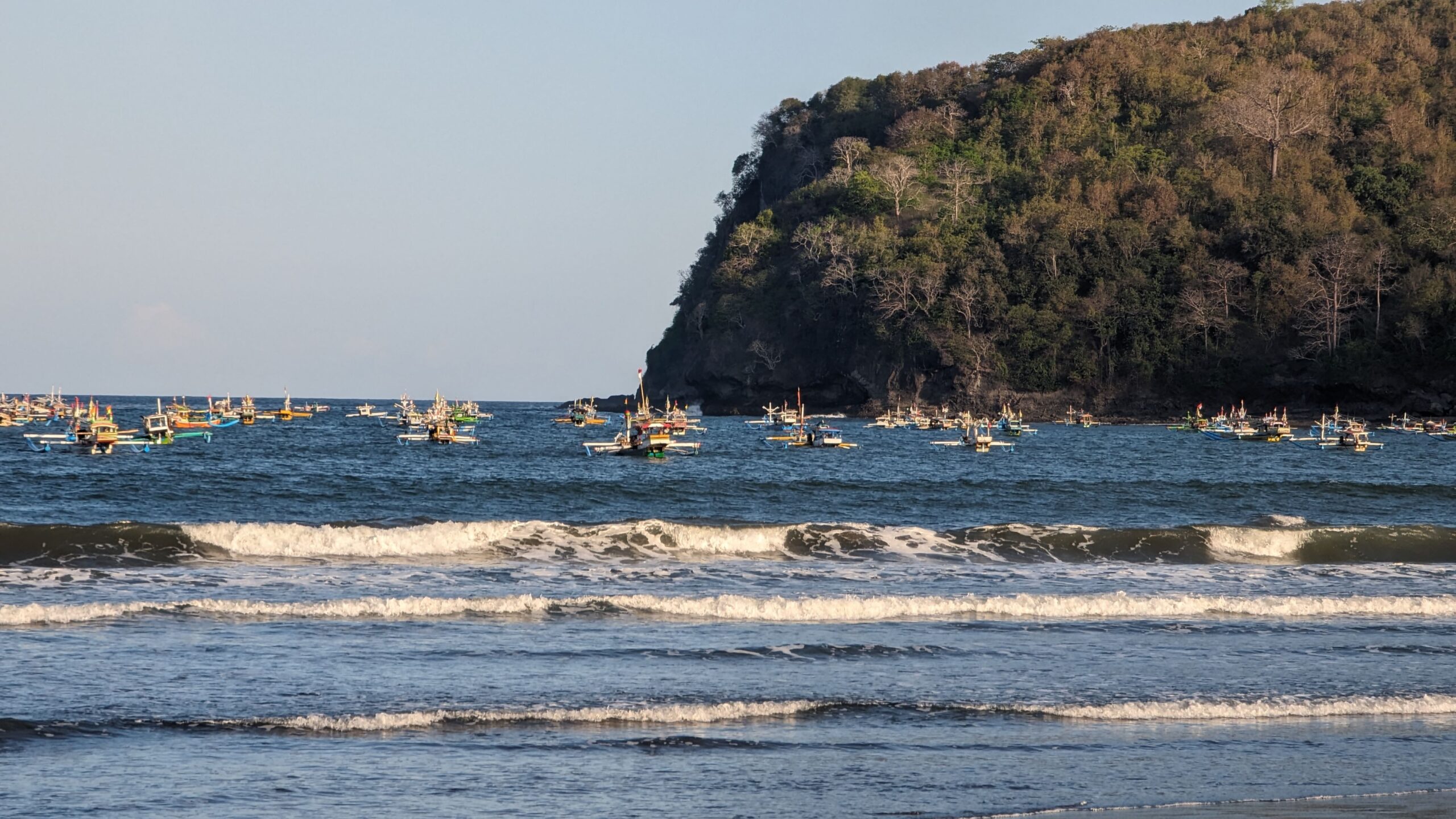
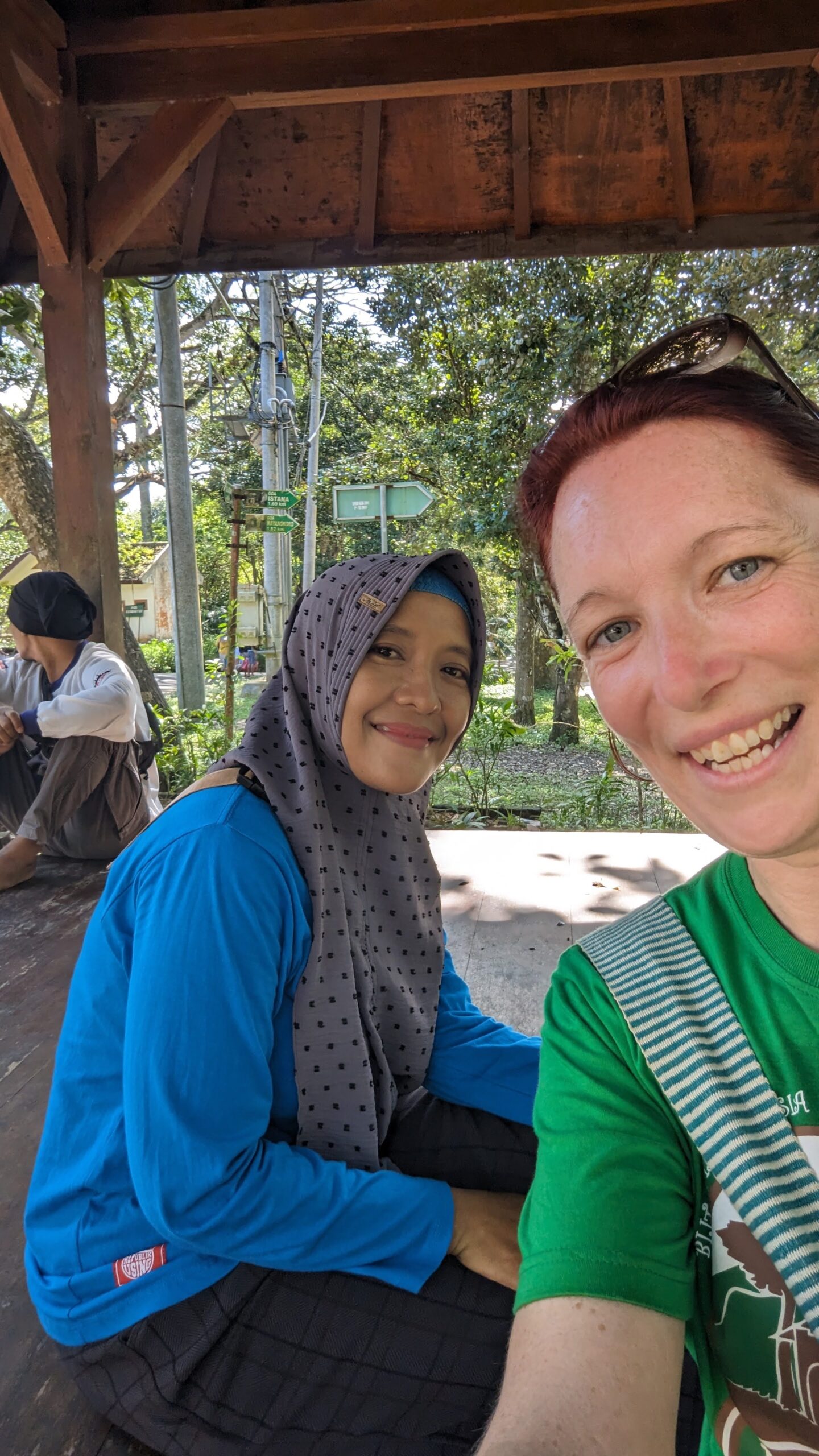

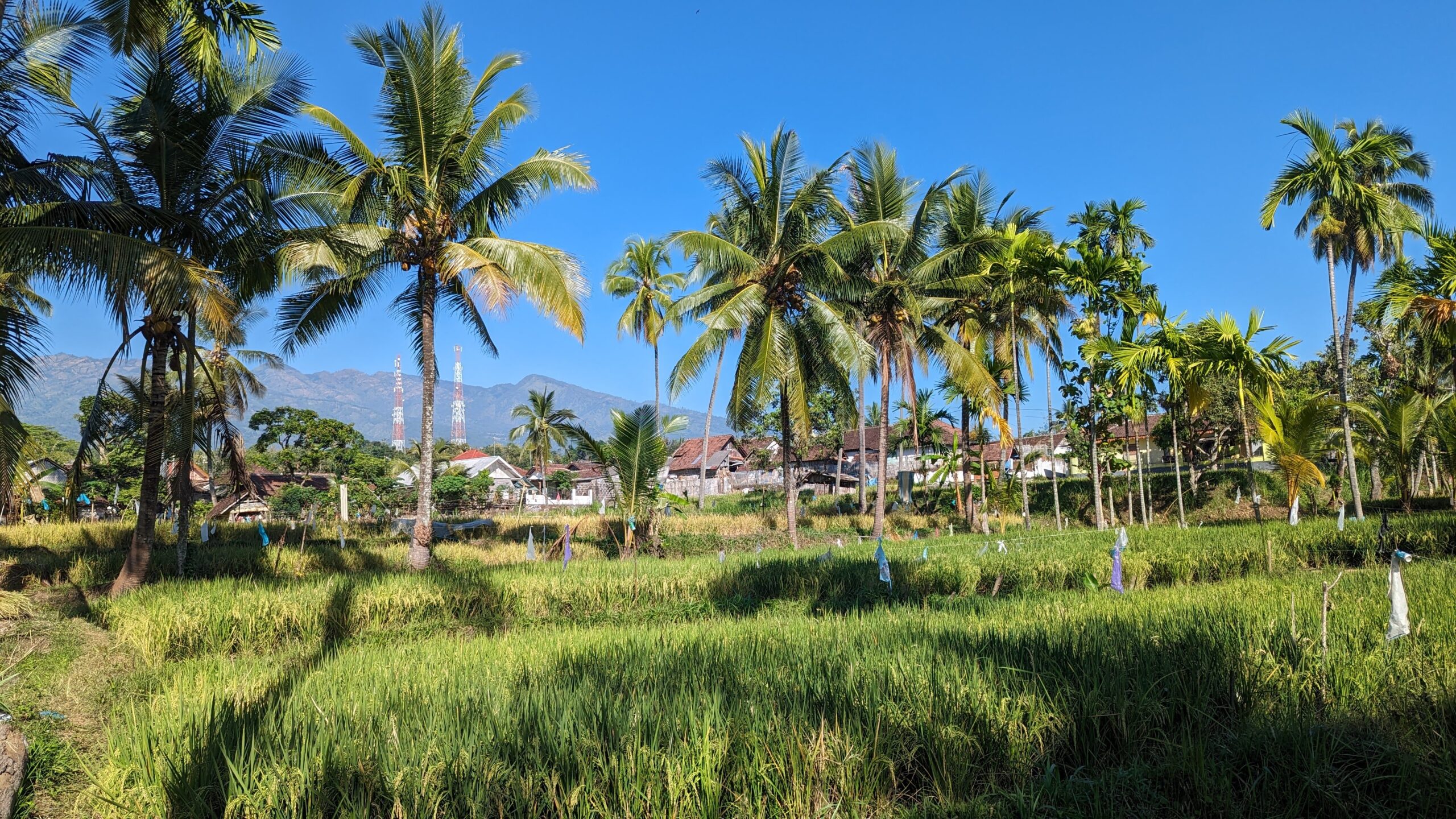
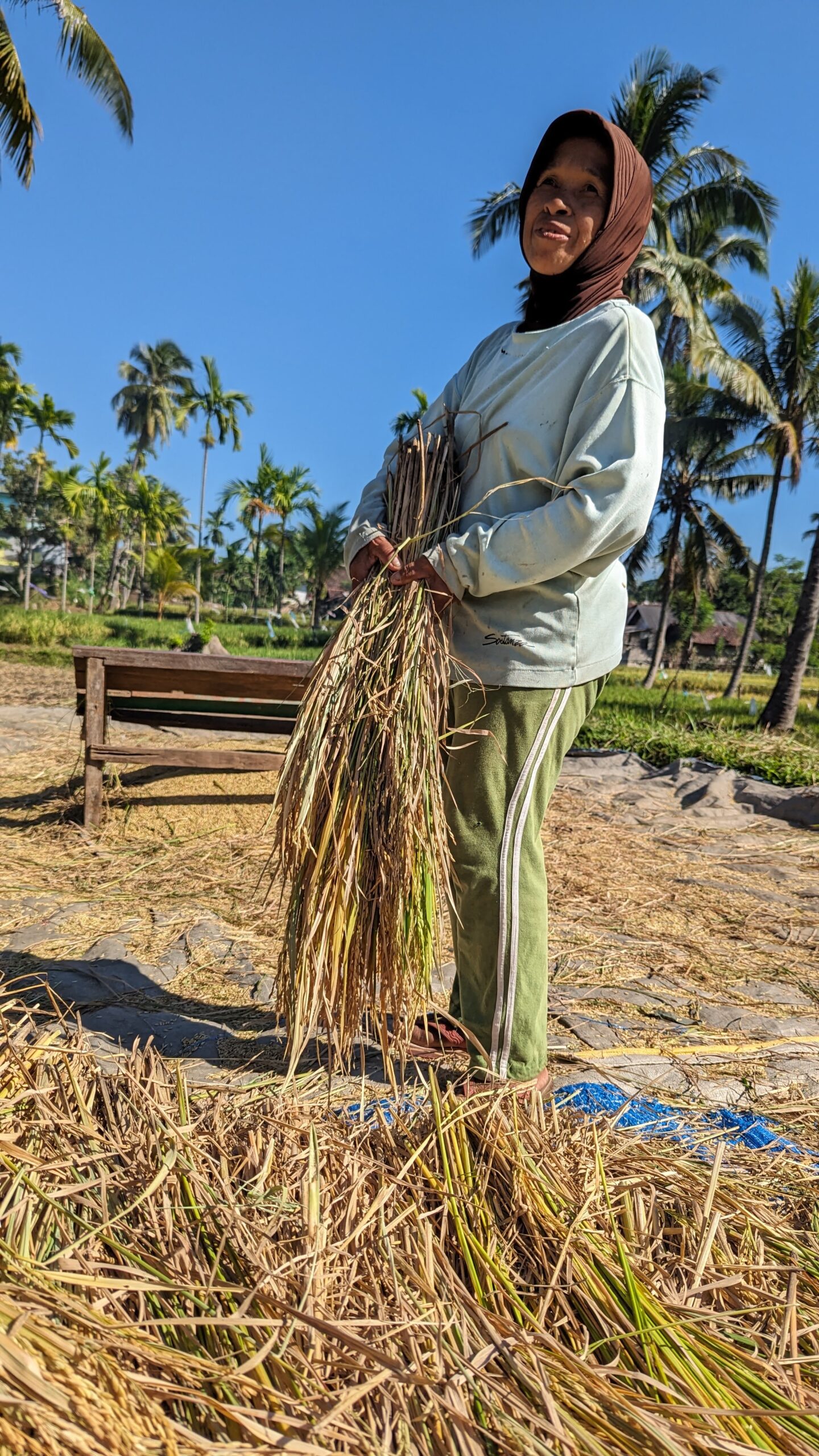
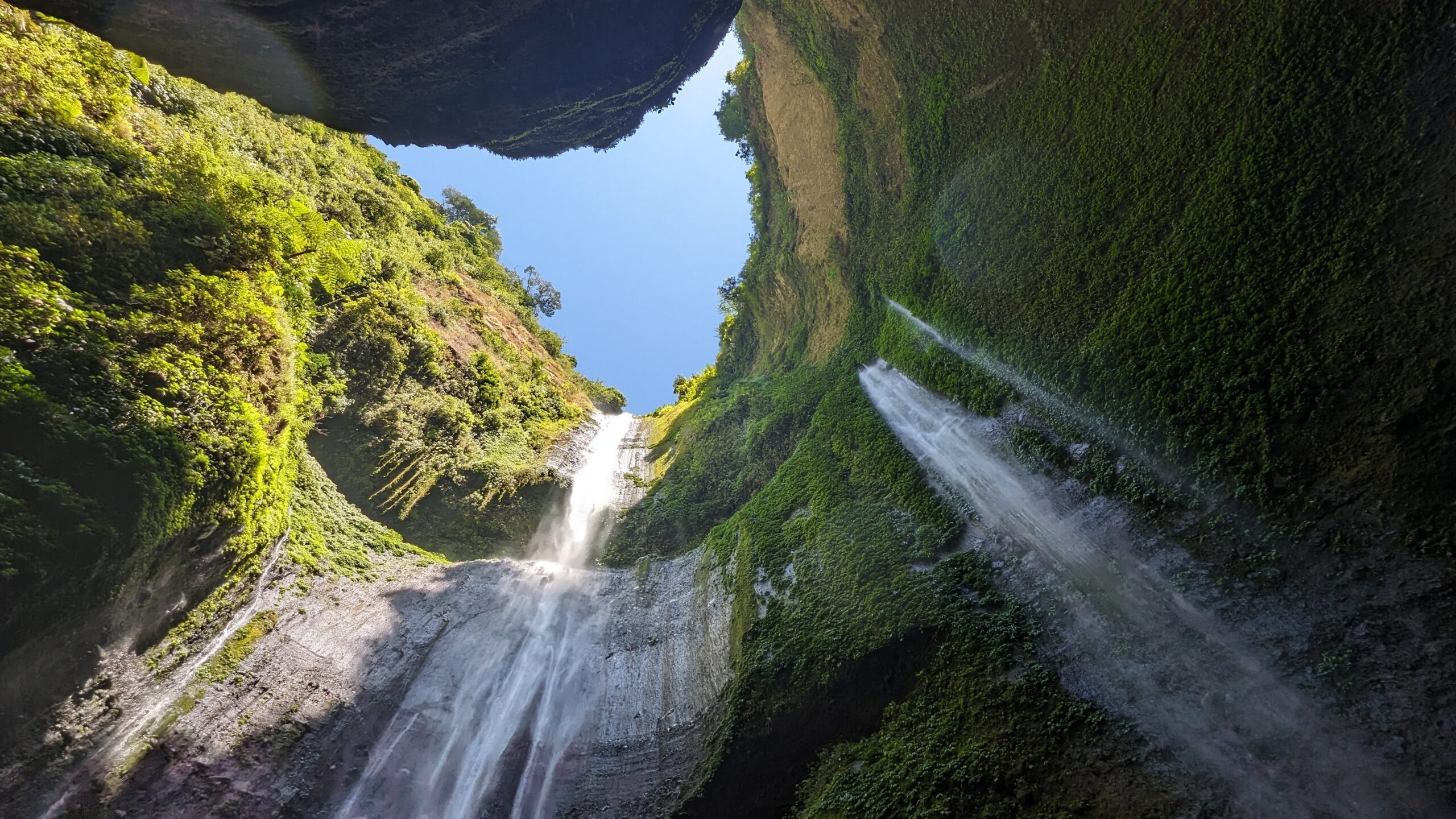
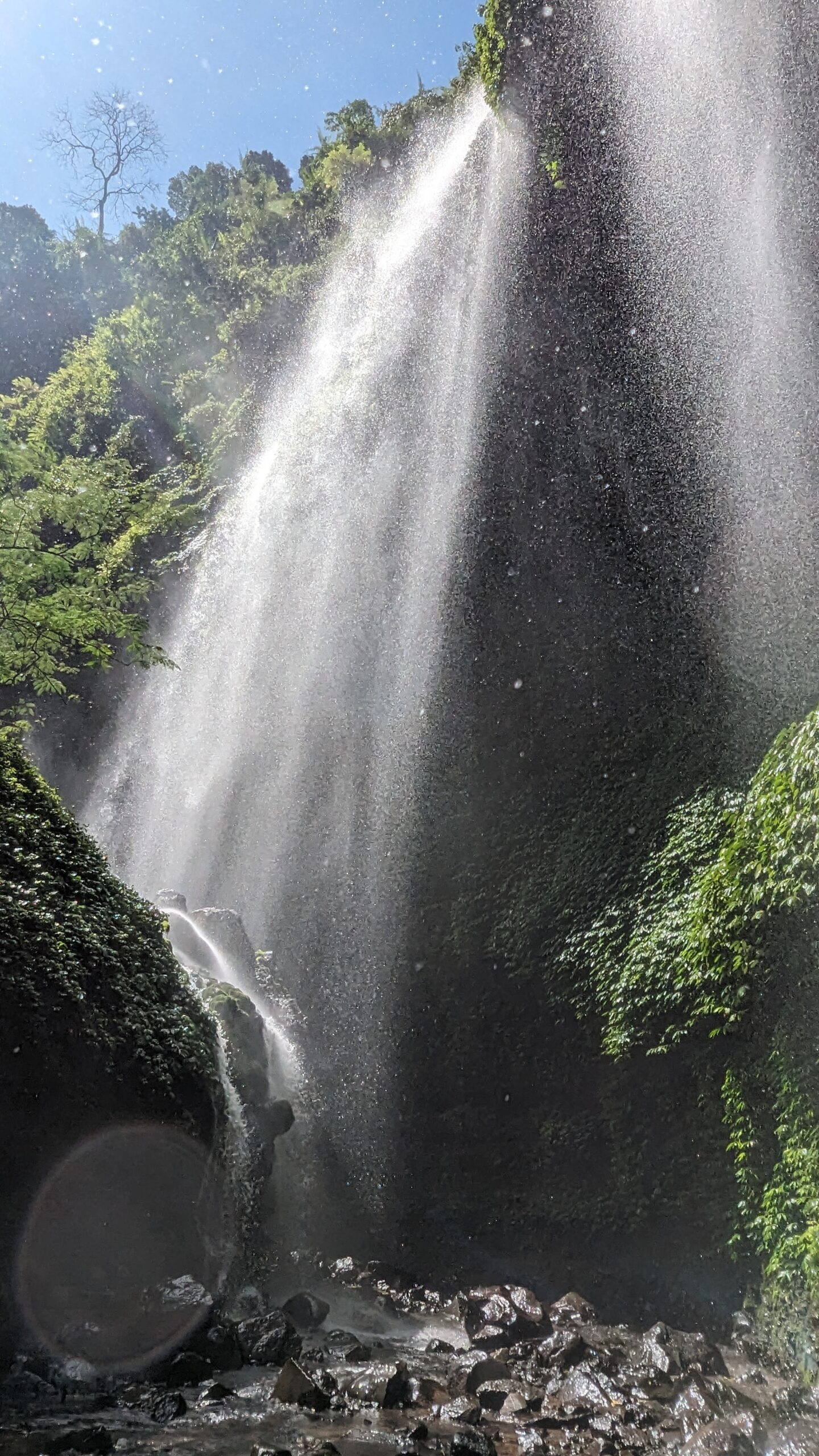
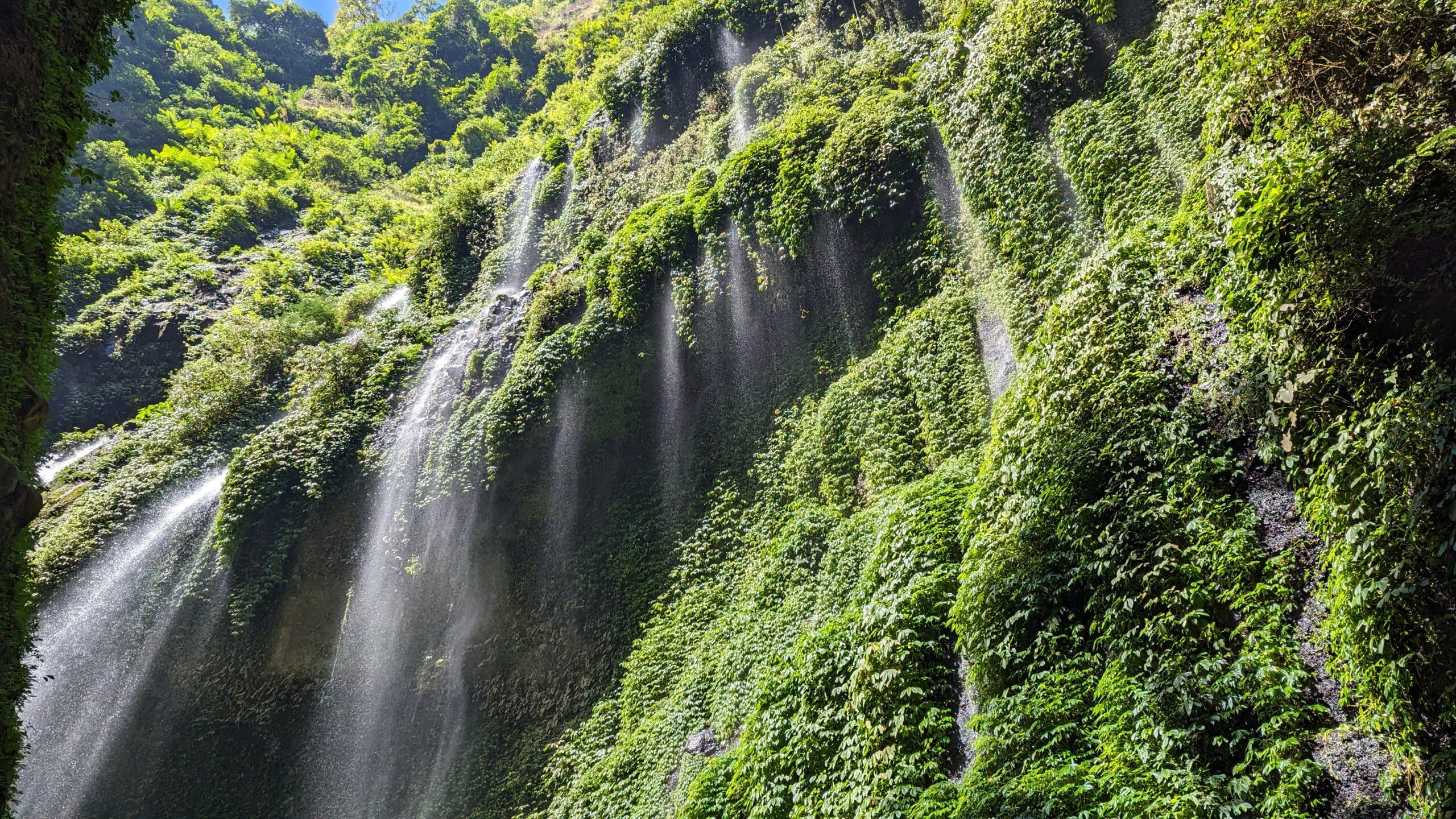
Sussan is very friendly lady,and proud to be her friend, I hope we always be friend forever,
me and my family miss you so much, we love you